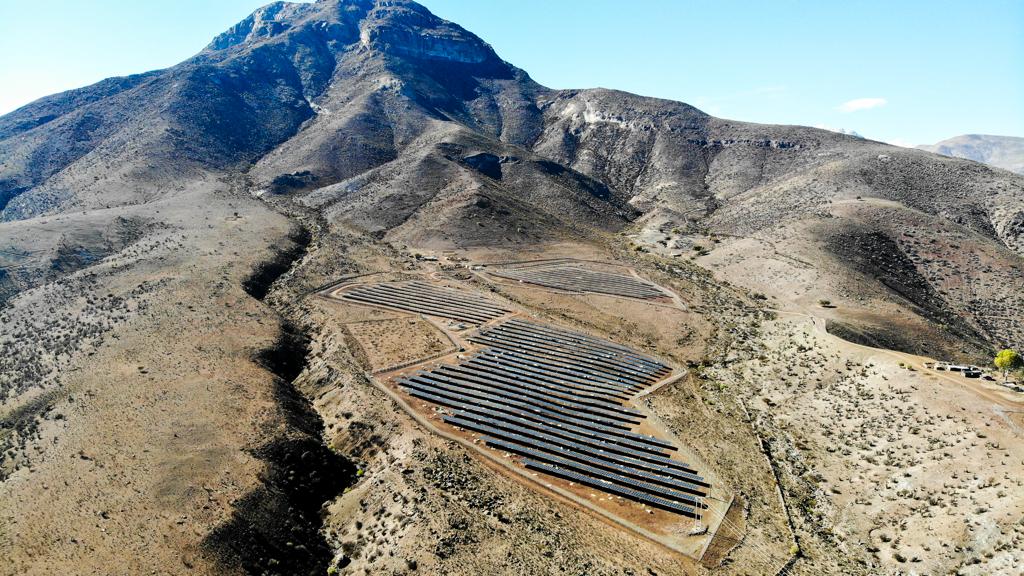
Solar developer Verano Energy has started construction on a 200MW solar PV plant in Argentina.
Located in the western province of Mendoza, the San Rafael Solar park is expected to start operations by the end of 2025. The project is also located near a substation.
Unlock unlimited access for 12 whole months of distinctive global analysis
Photovoltaics International is now included.
- Regular insight and analysis of the industry’s biggest developments
- In-depth interviews with the industry’s leading figures
- Unlimited digital access to the PV Tech Power journal catalogue
- Unlimited digital access to the Photovoltaics International journal catalogue
- Access to more than 1,000 technical papers
- Discounts on Solar Media’s portfolio of events, in-person and virtual
The region is known for its high irradiance, optimal land conditions and easy access, according to the developer.
Known for developing in Latin America, Verano Energy has over 350MW of renewable energy capacity operational and a development pipeline of over 3GW across Chile, Peru, Colombia and Argentina.
In Peru, the company aims to build nearly 6GW of solar PV capacity to produce green ammonia. In a conversation with PV Tech Premium earlier this year, Verano Energy’s CEO, Dylan Rudney, described the Peruvian market as ‘under the radar’, with a high potential for renewable power generation and its potential to power other resources, such as green ammonia.
Earlier this year, the solar developer sold a 150MWp project located in Mendoza to an undisclosed company.
YPF Luz solar plant to be the first financed under new tax measure
In the same province of Mendoza, a 305MW solar PV plant developed by Argentinian utility YPF Luz and Mendoza-owned energy company Emesa will be the first renewable project to be built under the Régimen de Incentivo para Grandes Inversiones (RIGI), or incentive regime for large investments in English.
This is a new measure implemented by the Argentinian government for projects with an investment of more than US$200 million and offers better predictability, legal security and fiscal incentives to attract investments for a period of 30 years. RIGI can be implemented in several industries, including renewable power. Provinces can, if they choose to, offer other benefits to the companies in order to develop the project.
The project will have an investment of US$220 million and will be built in two phases. The first phase will see 200MW of solar PV capacity powered and is targeted to reach commercial operations in the first quarter of 2026. Construction of the first phase is expected to last 18 months.
Both the YPF Luz and Verano Energy projects will help the province meet its target of commissioning 700MW of solar PV capacity in the next two years.
Although lagging much behind its neighbouring countries of Brazil and Chile, Argentina has slowly increased its activity in the solar industry, with an increasing number of projects being unveiled in the past 12 months. Still in Mendoza, Argentinian renewables developer Genneia unveiled in June that it will invest US$250 million to build two solar PV plants with a combined capacity of 273MW.
Elsewhere in the country, last year the Argentinian government signed an agreement with ten northern provinces to deploy 2.5GW of renewable power capacity. The projects are expected to be built across the provinces of Tucumán, Salta, Santiago del Estero, Jujuy, Catamarca, La Rioja, Misiones, Chaco, Corrientes and Formosa. Projects would enter into a power purchase agreement (PPA) with the country’s power market administrator, CAMMESA to financially secure the development of the projects.







